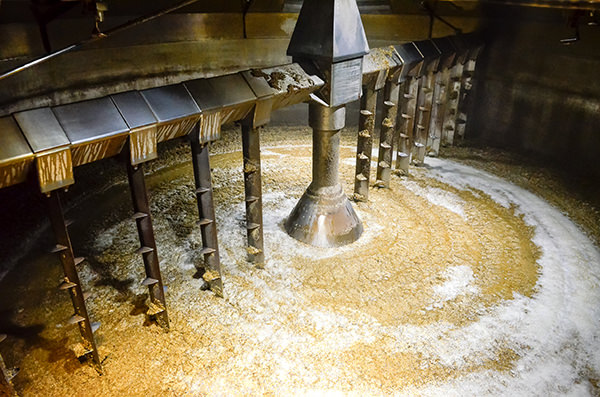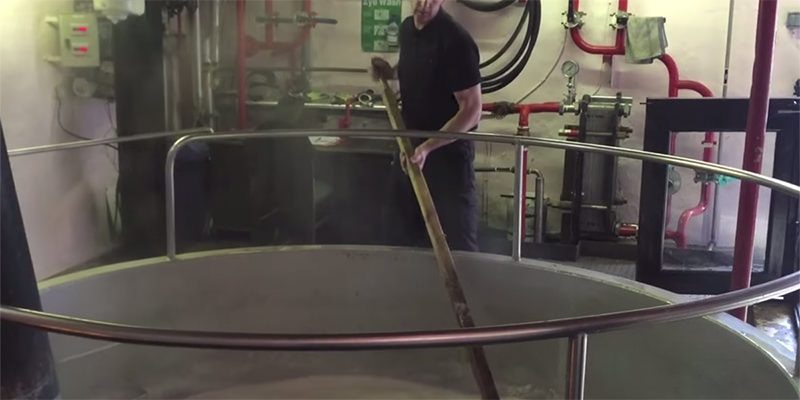The word “hand” has a lot of (and not weird) traction in the beverage world. Well, that and “craft.” Hand-made. Hand-crafted. Craft-made. Crafted by hand. Handed some crafts and then crafted (by hand). Etc.
It’s odd because most of the time we want to avoid contact between what we consume and a stranger’s hands. Not so in beverage. Take off the rubber gloves, pull up your sleeve, and dive that arm straight down into the mash tun. We need maximum contact, maximum authenticity points.
Not that beverage producers actually go that far, even when they openly (and contestedly) claim “hand-made” on the label. (Being realistic, even the most hand-y “hand-made” would involve at least some kind of intermediary spoon. Probably a big one.) But it’s really not possible to maintain hand-to-product contact even if a brand wants to: success breeds volume and with it expectations of consistency, all of which tends to necessitate some form of mechanization. Pivotal production steps are yielded to machinery, and we humans go Tweet about it.
Unless you work at Glenturret Distillery in Crieff, Scotland. Then you defy machines like John Connor fighting Skynet. Unlike most every other distillery out there, Glenturret claims to be the only one left that still hand-mashes. (Its motto: “By hand and by heart.”) Of course that won’t mean anything to you if you don’t know what mashing means.
When you’re distilling a spirit, you’re basically finding some available sugar source (maybe it’s malted barley for whiskey, maybe it’s potatoes for vodka). You’ll feed that sugar to some yeast, which then metabolizes it into CO2 and alcohol. And then you age it, spend a weird amount of time obsessing about your label font (then again, people love fonts), and start selling the stuff.
The mashing part of that whole process is where you transform that starch source into super-available sugars (in Scotch terminology, you end up with a wort, basically a hot cereal broth that’s full of sugar for yeast to binge on). Malted barley gets ground up into grist — a coarse flour — and it’s dosed with hot water and stirred, the goal being to coax as much fermentable sugar out of the starch source as possible. More sugar means more booze. Wow, what a hedonistic sentence.

Nowadays, mashing is done in a giant covered mash tun, with mechanized parts doing the stirring while hot water is dosed in, the temperatures carefully regulated. And that’s why Glenturret’s hand-mashing actually matters. Compared to the modern process, it’s far less regulated — or rather welcomes with open arms a whole load of variables, from temperature (since the hand mashing tun has to be open for someone to stir) to how the mash is actually stirred, as those choices are made by a person, not a machine. If standard mechanized mashing is Danny Glover in Lethal Weapon, hand-mashing is Mel Gibson — they do they same job, but they work differently, and Riggs is a bit more of a renegade.
You don’t necessarily have to like the flavor of Glenturret whiskies (some of which go into the deservedly famous Famous Grouse), but you gotta respect that. In a world of various, mostly dubious, or just poorly thought out “hands-on” claims, this is one where the “human element” is no bullshit.
At Glenturret, there’s literally a guy standing over an open mash tun (and there are only six of those in Scotland, if that puts hand-mashing in perspective), stirring it like a giant bowl of intense-looking cream of wheat. Just eight hours later (yeah, they must be ripped), breakfast is ready! Not really, you’re just ready to ferment whiskey. Honestly, we don’t really care if he’s wearing a hair net. Just keep stirring, sir.

